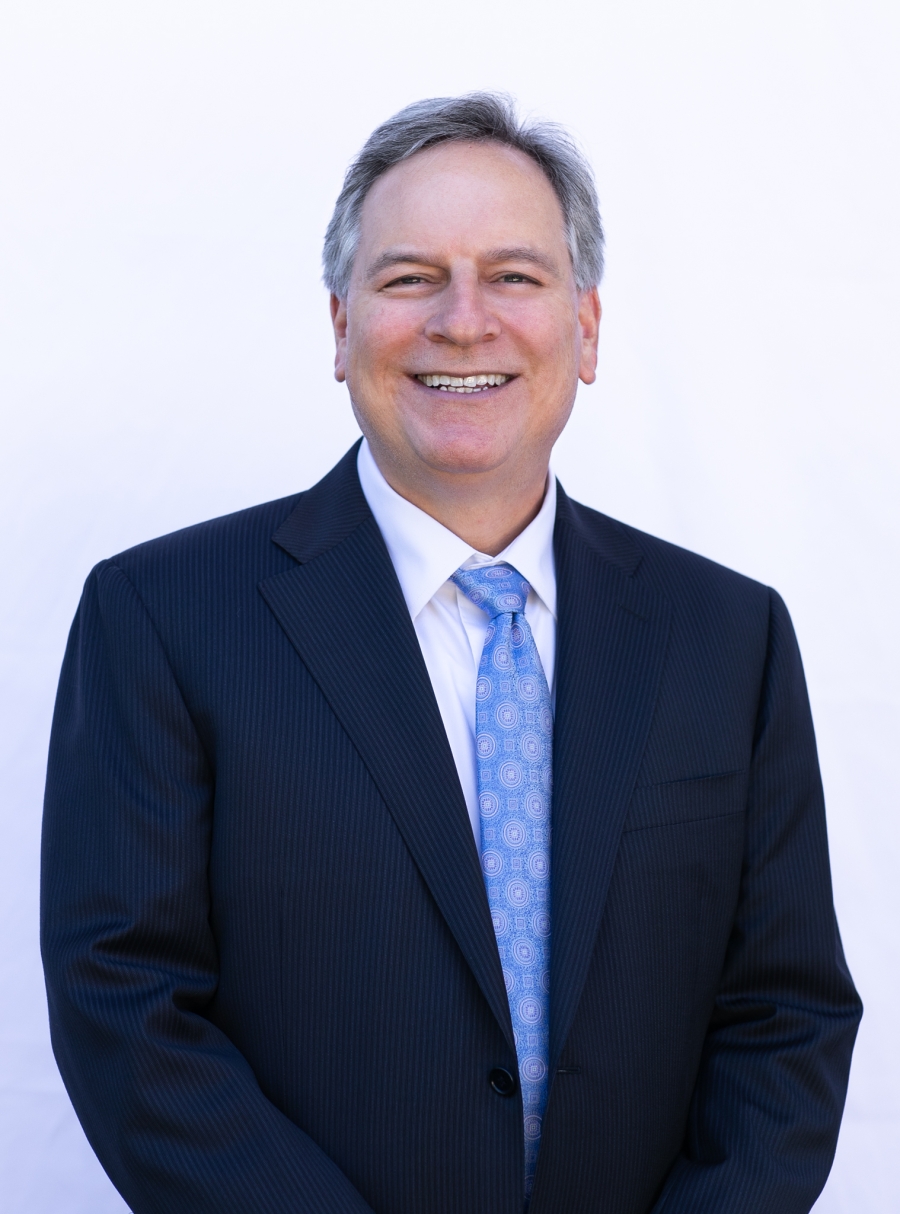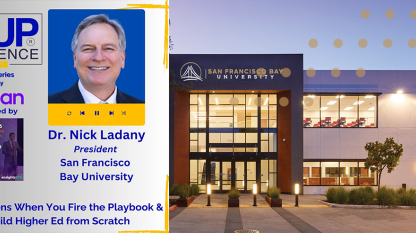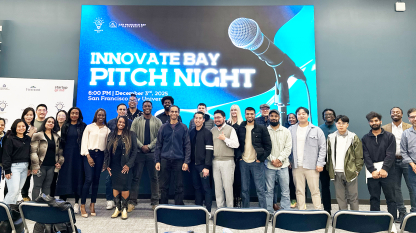The following column appeared in Forbes, where San Francisco Bay University President Nicholas Ladany is a contributor.
“Seven years of college, down the drain.”
This line from John Belushi’s character in “Animal House” was intended to be funny because it poked fun at how someone could be in college for so long and still not graduate (or have a passing grade, for that matter).
What’s not funny is that higher education has adopted Bluto’s approach towards time to degree. In 1990, 12 years after that movie came out, colleges moved the metric measuring the graduation finish line from four years to six years, partly in response to senators’ desire to accommodate athletic eligibility and partly to look better. The National Center for Education Statistics (NCES) and other educational bodies use a six-year graduation rate as the norm for institutional reporting and a primary metric for measuring how successfully they prepare their students. Presently, the six-year graduation rate for the now misnamed four-year degree-granting institutions is 62%, and the four-year graduation rate is below 50% (a D and F, respectively). There are actually reports now measuring an eight-year graduation rate as well.
It’s time for colleges to adopt a more rigorous standard. We owe it to students to provide pathways for them to graduate in a reasonable and timely fashion.
A number of reasons explain why a six-year graduation rate became the standard beyond the need to accommodate athletic eligibility. One reason is that most university employees prefer to have the bulk of their work occur for nine months out of the year. Hence, significantly fewer courses are offered over the summer for students who may want to go to school year-round. Another reason is that the curriculum at many universities is bloated with professor-only favorite courses that students would be better off watching on MTV. And partly because of the bloated curriculum, required courses either can’t be offered in a given semester or may only be offered once a year, which limits the ability of students to take required courses. In addition, universities have long believed that a 120-credit undergraduate curriculum is right-sized with no empirical evidence to indicate that’s true. Most universities aptly note that scientific inquiry is essential to learning yet they fail to apply scientific principles and methodologies to curricular outcomes.
As educators, we don’t use this same logic on exams and course assignments because it would indicate a lack of rigor or a lowering of expectations. For example, we don’t allow students 150% of the normal time we expect them to complete their work in the classroom or offer faculty and staff pay increases for work that covers a year and a half rather than a year.
There's an inherent misalignment with the six-year graduation rate. College curricula are designed for a four-year timeline, and students and their families plan their finances accordingly. The expectation is clear — invest four years' worth of tuition and fees for a degree that will open up important career and income opportunities. Moving that goal post to six years increases the financial burden on students and families by adding extra years of tuition payments and the opportunity cost of lost income because it takes much longer to graduate and get a job.
Some argue that the six-year measure accounts for variability in student pathways, accommodating students who have jobs or change majors, for example. Taking those factors into account is certainly necessary, but we shouldn’t let those extenuating circumstances influence how we measure institutional success. If so many students are unable to graduate in four years, perhaps the issue is not them but a lack of necessary support from their college or university.
The six-year graduation rate has bred complacency in higher education, permitting a slower pace where urgency and efficiency in student support should be paramount. We need to conduct a closer examination of the student experience and institutional performance. Adjusting this standard would compel us to innovate, streamline operations and shift expectations back to a more traditional and efficient timeline.
Higher education can mitigate financial strain and bolster timely graduation by nurturing students' academic progression (e.g., stop thinking of students as numbers) with targeted support (e.g., adequate mental health services) and streamlined curricula linked to real-world needs (e.g., life literacy). As we innovate, the three-year degree plan should not be an outlier but a new benchmark, and the six-year graduation metric should retire as a standard of success. It's time for colleges and universities to recalibrate and embrace a model that reflects the urgency of our times and the realities of our students.
Follow President Ladany on LinkedIn.




